-
 UV11W High-efficiency Intelligent UV Water Sterilizer Cat:Ultraviolet Water Sterilizer
UV11W High-efficiency Intelligent UV Water Sterilizer Cat:Ultraviolet Water SterilizerThe UV11W High-efficiency Intelligent UV Water Sterilizer is an advanced water purification system that offers convenience and reliability. This steri...
See Details -
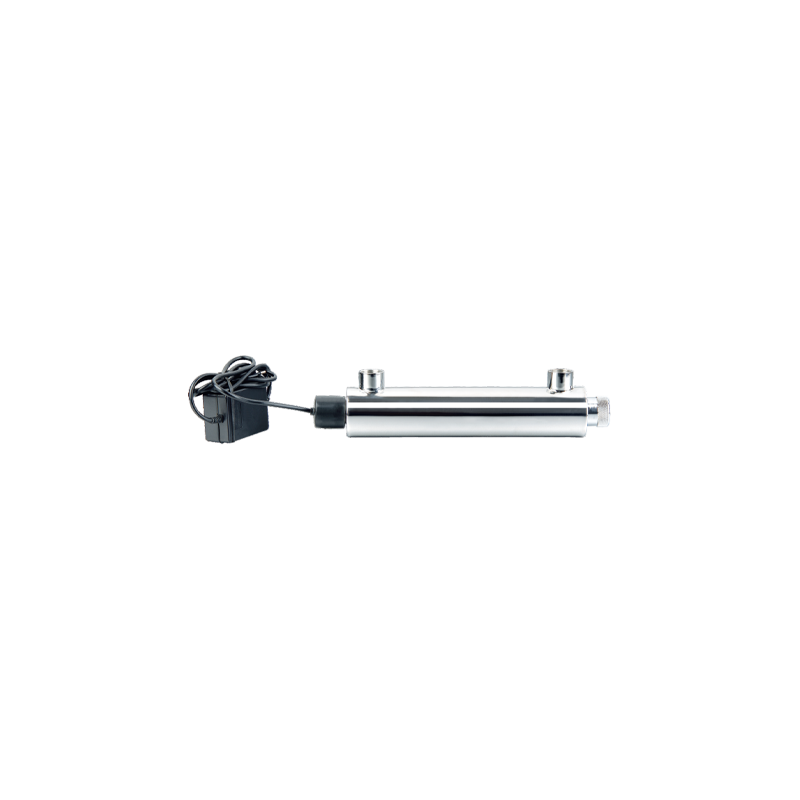 UV16W-A Household Stainless Steel UV Water Sterilizer Cat:Ultraviolet Water Sterilizer
UV16W-A Household Stainless Steel UV Water Sterilizer Cat:Ultraviolet Water SterilizerThe UV16W-A Household Stainless Steel UV Water Sterilizer is an innovative solution for ensuring safe and pure water in your home. Designed with durab...
See Details -
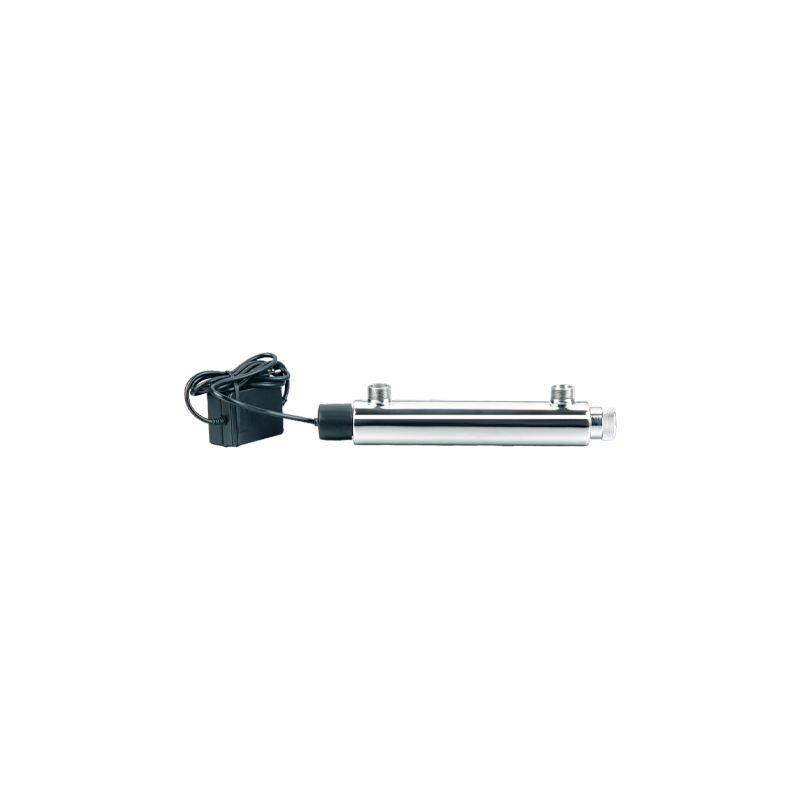 UV16W-B 304 Stainless Steel Water Purifier Ultraviolet Water Sterilizer Cat:Ultraviolet Water Sterilizer
UV16W-B 304 Stainless Steel Water Purifier Ultraviolet Water Sterilizer Cat:Ultraviolet Water SterilizerUV16W-B 304 Stainless Steel Water Purifier Ultraviolet Water Sterilizer is an efficient water treatment equipment based on advanced ultraviolet disinf...
See Details -
 UV25W Stainless Steel Ultrafiltration Pre-Filtration UV Sterilizers For Water Cat:Ultraviolet Water Sterilizer
UV25W Stainless Steel Ultrafiltration Pre-Filtration UV Sterilizers For Water Cat:Ultraviolet Water SterilizerUV25W Stainless Steel Ultrafiltration Pre-Filtration UV Sterilizers For Water uses high-quality stainless steel materials, which have superb corrosion...
See Details -
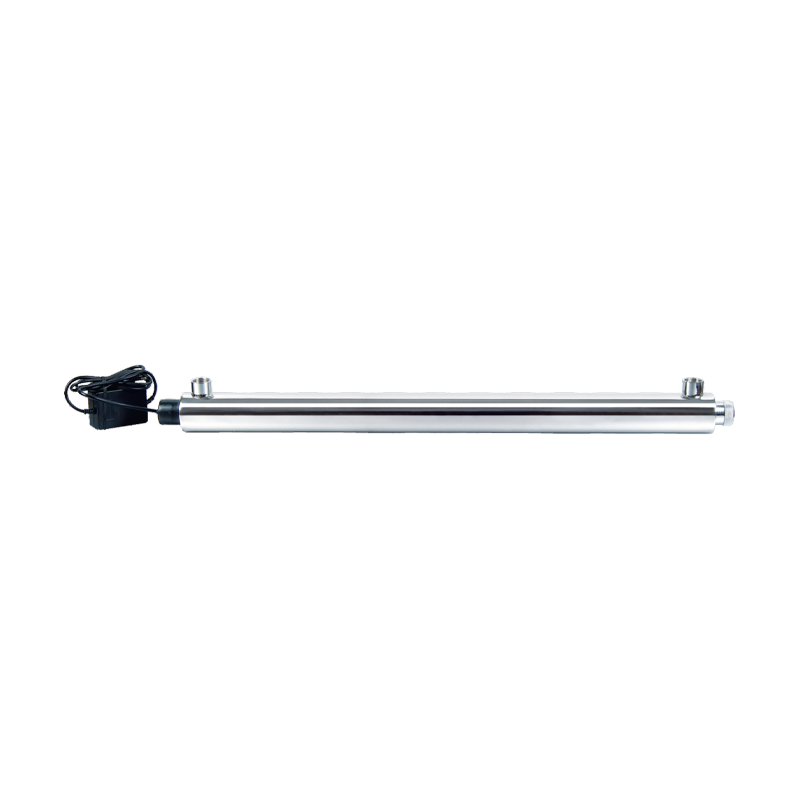 UV30W-55W Automatic Ultraviolet Sterilizer UV Filtration For Drinking Water Cat:Ultraviolet Water Sterilizer
UV30W-55W Automatic Ultraviolet Sterilizer UV Filtration For Drinking Water Cat:Ultraviolet Water SterilizerThe core advantage of UV30W-55W Automatic Ultraviolet Sterilizer UV Filtration For Drinking Water lies in its efficient and rapid disinfection capabil...
See Details -
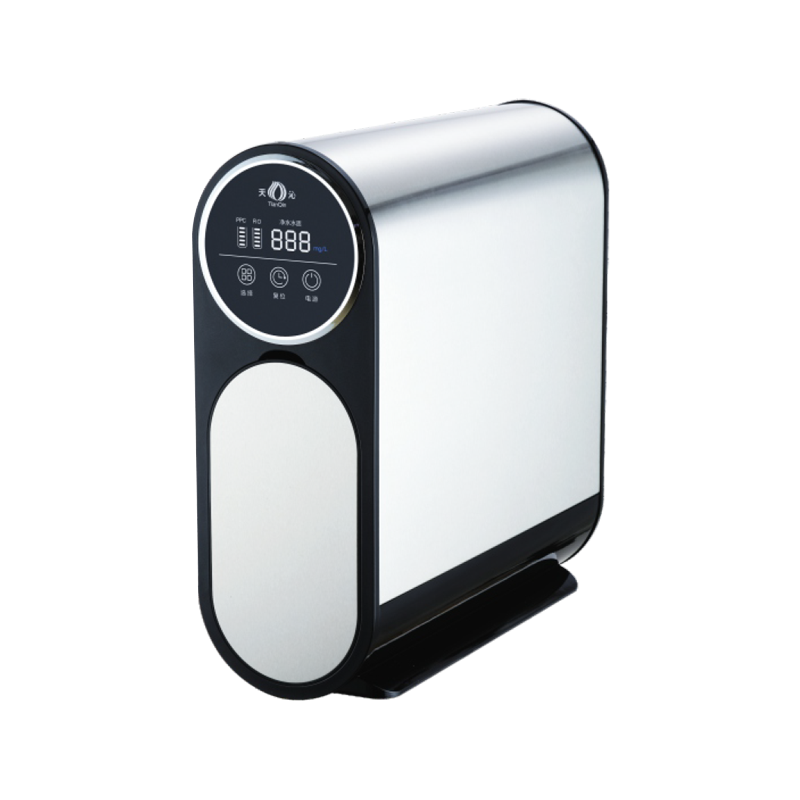 TQ-R03 Stainless Steel Booster Double Water Full Effect RO Water Purifier Cat:Stainless Steel Ro System
TQ-R03 Stainless Steel Booster Double Water Full Effect RO Water Purifier Cat:Stainless Steel Ro SystemTQ-R03 Stainless Steel Booster Double Water Full Effect RO Water Purifier is a household water purification device that combines efficient water purif...
See Details -
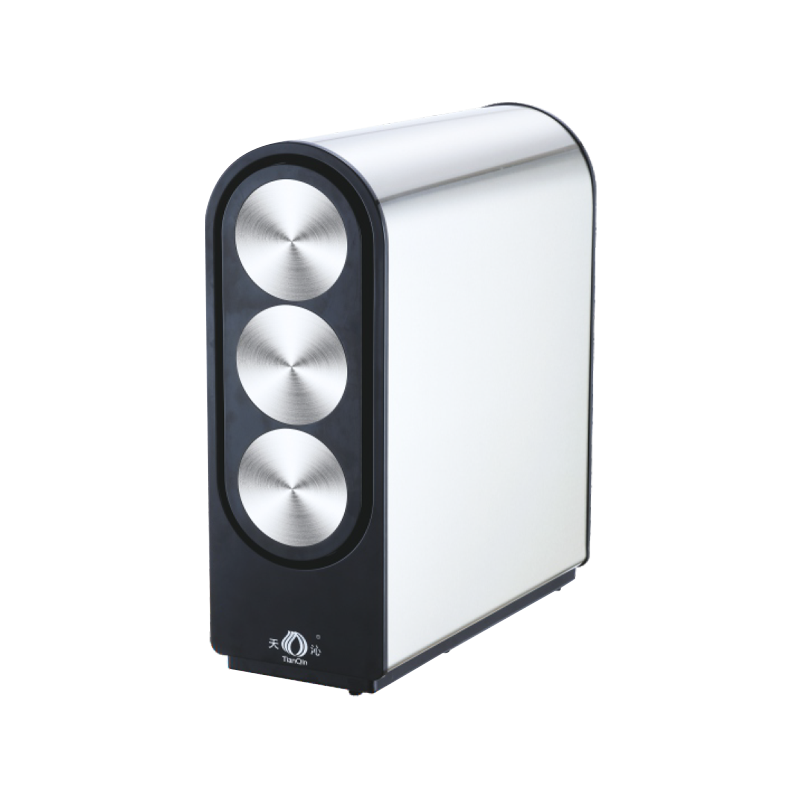 TQ-R05 Multifunctional Water Purification Source RO Water Purifier Cat:Stainless Steel Ro System
TQ-R05 Multifunctional Water Purification Source RO Water Purifier Cat:Stainless Steel Ro SystemThe TQ-R05 Multifunctional Water Purification Source RO Water Purifier is an advanced, versatile water purification solution designed for households a...
See Details -
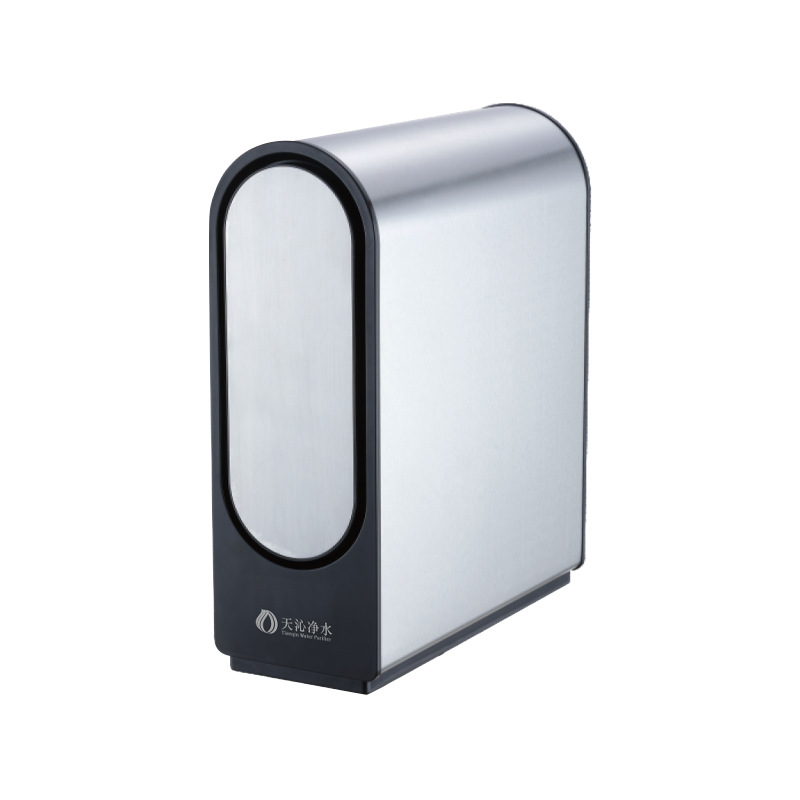 TQ-R06 Stainless Steel Environmentally Friendly RO Water Purifier Cat:Stainless Steel Ro System
TQ-R06 Stainless Steel Environmentally Friendly RO Water Purifier Cat:Stainless Steel Ro SystemThe TQ-R06 Stainless Steel Environmentally Friendly RO Water Purifier combines advanced RO filtration technology, durable stainless steel housing, and...
See Details -
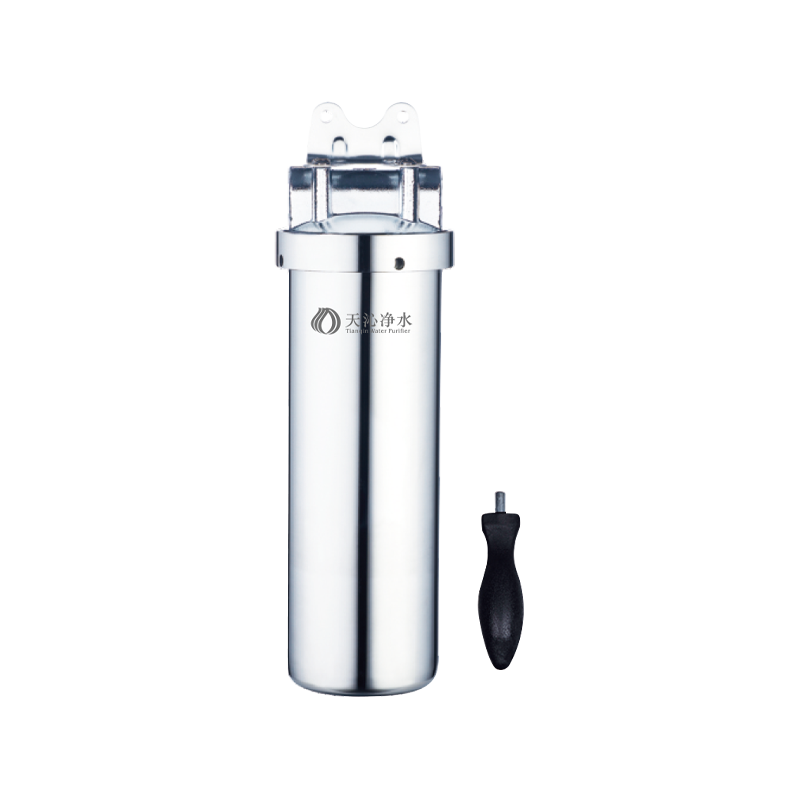 Stainless Steel Pure Double Water Pipe Water Purifier Cat:Stainless Steel Pipeline Water Purifier
Stainless Steel Pure Double Water Pipe Water Purifier Cat:Stainless Steel Pipeline Water PurifierThe Stainless Steel Pure Double Water Pipe Water Purifier is an advanced water purification system designed to provide dual-mode purified water with e...
See Details -
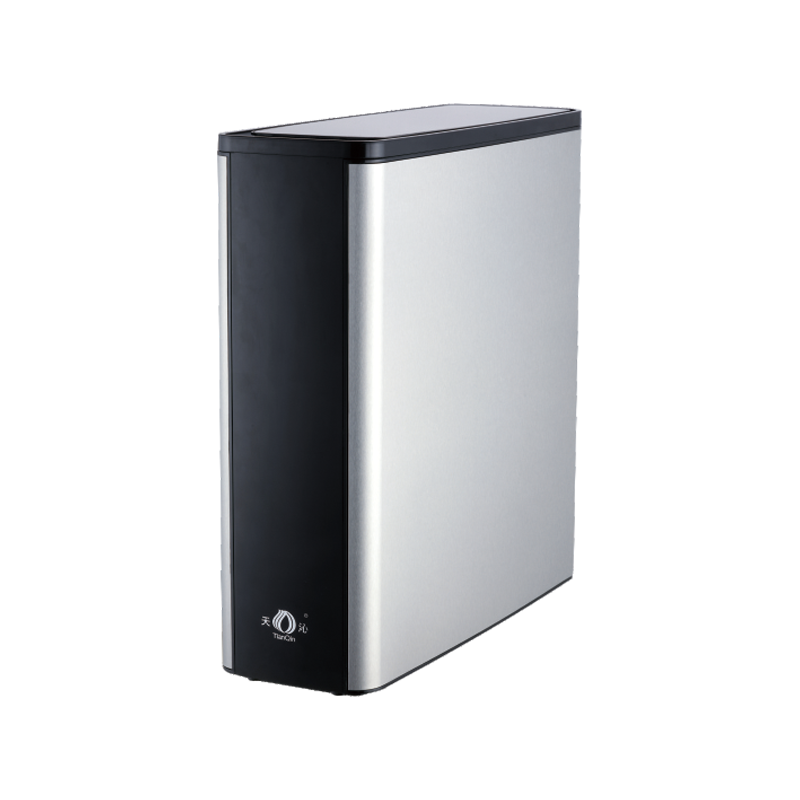 TQ-R08 Stainless Steel High-Flow RO Water Filter Cat:Stainless Steel Ro System
TQ-R08 Stainless Steel High-Flow RO Water Filter Cat:Stainless Steel Ro SystemThe Stainless Steel High-Flow RO Water Filter (TQ-R08) provides a powerful and effective solution for purifying drinking water, combining advanced rev...
See Details
How to Choose the Right Water Purifier for Your Home
With growing concerns about water contamination and the need for clean, safe drinking water, choosing the right water purifier for your home has become an important decision for many households. Water purifiers not only remove harmful contaminants but also improve the taste and quality of water, making it safer for drinking, cooking, and daily use. However, with a variety of water purifier types, features, and technologies available, it can be difficult to determine which one is best suited for your needs.
Content
Understand the Water Quality in Your Area
Before purchasing a water purifier, it’s essential to know what type of contaminants are present in your local water supply. The quality of tap water can vary greatly depending on your location, and different water sources (municipal, well, river, etc.) may contain different types of impurities.
How to assess your water quality:
- Check water quality reports: If you live in a city or town with a municipal water supply, your local government may publish annual water quality reports. These reports provide detailed information about the contaminants found in the water, including bacteria, heavy metals (like lead or mercury), chlorine, fluoride, pesticides, and more.
- Get a water test kit: If you use well water or are unsure about your water quality, a home water testing kit can help identify specific contaminants in your water. These kits are available online or in stores and can test for common impurities such as hardness, bacteria, nitrates, and chlorine.
- Consult with a professional: If you are still unsure about the water quality, consider hiring a professional water testing service to analyze your water in-depth.
Once you know what’s in your water, you can choose a water purifier that specifically targets the contaminants you need to remove.
Know the Different Types of Water Purifiers
There are several types of water purifiers on the market, each with its own set of features and filtration methods. The right type for you will depend on your water quality, needs, and preferences.
Reverse Osmosis (RO) Water Purifiers
- How they work: RO water purifiers use a semipermeable membrane to remove impurities, including bacteria, viruses, heavy metals, and dissolved salts, by forcing water through the membrane under pressure.
- Best for: Households with hard water or those dealing with contaminants like lead, arsenic, or fluoride.
- Pros: Highly effective at removing a wide range of contaminants, including heavy metals and harmful microorganisms.
- Cons: Wastes some water during filtration (usually 3-4 times the amount of water purified), and the process can remove beneficial minerals from the water, resulting in slightly flat-tasting water.
UV (Ultraviolet) Water Purifiers
- How they work: UV purifiers use ultraviolet light to kill bacteria, viruses, and other microorganisms by disrupting their DNA, rendering them harmless.
- Best for: Areas with biological contaminants (bacteria, viruses, etc.), especially where the water is already treated but might still contain pathogens.
- Pros: Effective at purifying water from biological contaminants, environmentally friendly (no chemicals), and low maintenance.
- Cons: UV filters do not remove dissolved solids or chemicals such as chlorine or heavy metals, so they are best used in combination with other filters like activated carbon.
Activated Carbon Water Purifiers
- How they work: Activated carbon filters remove contaminants like chlorine, volatile organic compounds (VOCs), and some heavy metals by adsorbing them onto a porous surface.
- Best for: Removing bad odors, chlorine, and improving taste. These are ideal for improving the taste of municipal water or removing chemical contaminants.
- Pros: Simple to use, affordable, and effective at improving the taste and odor of water.
- Cons: Not very effective at removing biological contaminants or dissolved salts, and carbon filters need to be replaced regularly to maintain performance.
Gravity-Based Water Purifiers
- How they work: These purifiers use gravity to filter water through ceramic or activated carbon filters. The water passes through a filter, which removes impurities.
- Best for: Households with low water pressure or those seeking a low-maintenance, chemical-free option.
- Pros: Easy to use and maintain, affordable, and no electricity or water pressure required.
- Cons: Slower filtration, and not as effective at removing chemical or biological contaminants as other methods like RO or UV.
Water Softener Systems
- How they work: These systems soften hard water by replacing calcium and magnesium ions with sodium or potassium ions, preventing mineral buildup in pipes and appliances.
- Best for: Households with hard water that causes scale buildup, skin irritation, or appliance damage.
- Pros: Improves the longevity of appliances and reduces limescale buildup.
- Cons: Does not purify water in terms of chemical or microbial contaminants, and adds sodium to the water, which can be a concern for people on sodium-restricted diets.
Consider the Size and Capacity of the Purifier
Water purifiers come in different sizes and capacities. It’s important to select one that suits the water consumption needs of your household.
- For small households or apartments: A compact, countertop RO or UV purifier might be sufficient.
- For larger households: You may need a higher-capacity under-sink system or even a whole-house filtration system to meet the daily water demands.
Be sure to check the purifier’s capacity (usually measured in liters per hour or gallons per day) and ensure it can handle the volume of water your family uses on a daily basis.
Maintenance and Filter Replacement
All water purifiers require some form of regular maintenance, including filter replacements. Some purifiers, such as RO and UV systems, require more frequent servicing, while others, like activated carbon filters, may need less attention.
- Check filter life: Make sure you’re aware of the replacement schedule for the filters, and factor this into your decision-making process. Frequent filter replacements can add to the overall cost of running the purifier.
- Ease of maintenance: Consider whether you are comfortable performing maintenance tasks yourself or if you’d prefer a system that requires less hands-on work.
Check for Certification and Quality Standards
To ensure that the water purifier is effective and safe, check for certifications from recognized organizations. For example, the NSF International and the Water Quality Association (WQA) offer certifications that indicate a purifier meets strict safety and performance standards.
Look for certifications like:
- NSF/ANSI 53: For removal of contaminants like heavy metals and pesticides.
- NSF/ANSI 42: For the reduction of chlorine, taste, and odor.
- NSF/ANSI 58: For reverse osmosis systems.
Budget and Long-Term Costs
Water purifiers come in a wide range of prices, and while the upfront cost is important, it’s also essential to consider the long-term costs, such as filter replacement and maintenance. Some systems may have a lower initial cost but higher ongoing expenses due to frequent filter changes or servicing needs.



 English
English 中文简体
中文简体




